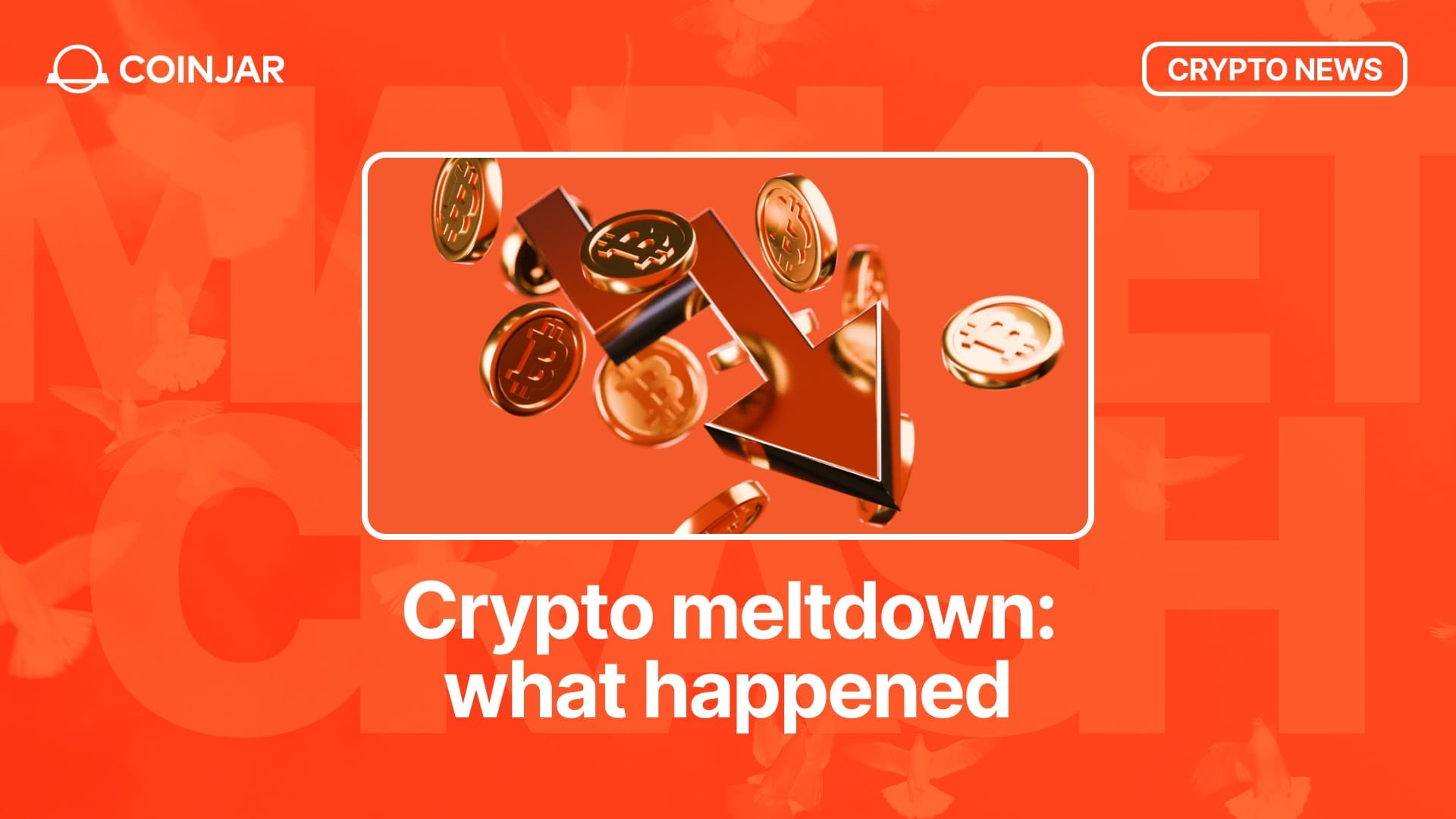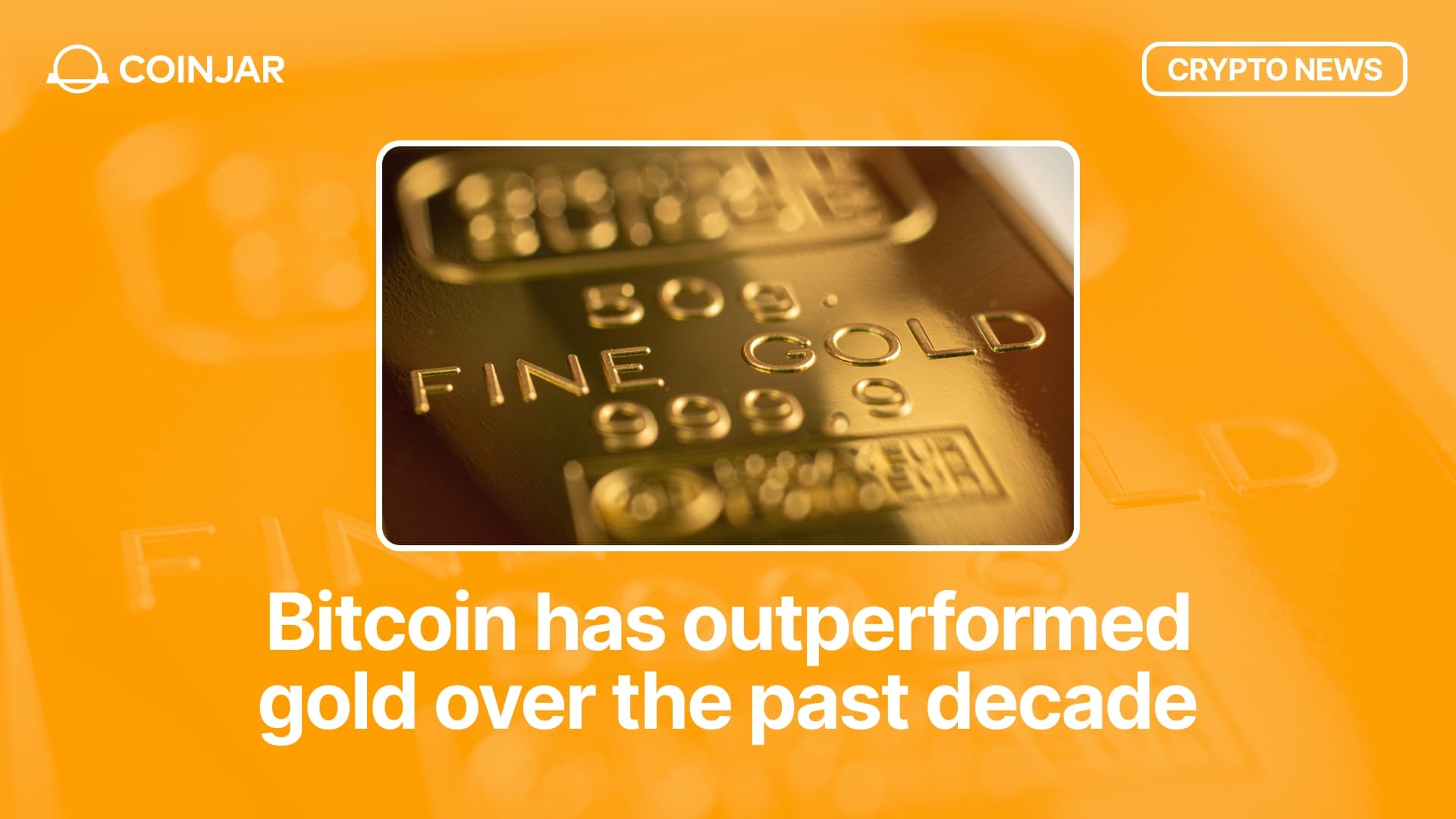Get $20 in free Bitcoin when you sign up and buy $50+ in crypto before October 31, 2025. Terms apply.
Offchain: Green with Envy
April 14, 2022
Share this:

After the Merge, Ethereum’s energy usage will drop by 99.95%. Is there any hope for Bitcoin?
Of all the things to look forward to in Ethereum’s upgrade to a Proof-of-Stake network (AKA ETH 2.0, AKA The Merge) one of the most important is surely the colossal downsizing of its carbon footprint.
According to Digiconomist, Ethereum’s current annual energy consumption is around 110TWh – the same amount of power used by the Netherlands. By contrast, one estimate puts Ethereum’s post-Merge energy usage on par with that of a small town. Add in scaling technologies such as sharding and it's expected that the network's energy-per-transaction cost could end up somewhere between 0.1-0.4% of Visa’s.
It’s a well overdue change and one that will shine a bright and not necessarily flattering light on Bitcoin’s ever more extravagant thirst for energy, represented here in this artist’s impression.

Bitcoin so hungry
Remember when China banned Bitcoin mining last year and the hashrate securing the network collapsed by 50%?
Well, it has well and truly left that bit of unpleasantness in the rearview mirror. At present the Bitcoin hashrate is hovering somewhere around the 200 exahash mark, an almost 20% increase on its pre-China ban high – which has led to a similarly impressive increase in its energy usage. By one count, Bitcoin now consumes around 0.6% of all the electricity in the world.
But the question remains: where is that energy coming from?
Into the light
While Bitcoin mining remained an almost exclusively Chinese concern, the industry’s carbon footprint was a black box whose contents could only be inferred through second- and third-hand data. Estimates of the share of renewable energy involved in the mix varied from 39-73%, which is the statistical equivalent of ¯\_(ツ)_/¯.
There was hope that the transition to countries with better oversight – the US being a prime example – would both make the picture clearer, as well as drive the usage of renewable energy.
But early signs suggest that the proportion of renewable energy in the mix may have dropped 30-40% as the loss of China’s incredible abundance of hydropower makes itself known. Though again the picture is unclear: the CEO of mining giant Bitfury claimed in a Congressional hearing that Bitcoin mining’s energy mix last year was 58% sustainably sourced – better than the US baseline of 31%.
Greening the grid
Either way, there are reasons for optimism. For one, 100% renewable Bitcoin mining facilities are coming online in increasing numbers; see the recently announced joint venture between Tesla and Block.
Bitcoin mining, being a movable and flexible user of electricity, is also better able to chase low-cost power – namely, renewable energy. Miners can become vital baseload consumers, harvesting abundant solar during the day and then selling it back to the grid at night.
Some miners have entered into arrangements with local authorities that mean they go offline when power use is at its peak; there’s already evidence that arrangements like this can help stabilise power grids and reduce power loss.
This is a non-trivial matter: according to the Cambridge Bitcoin Electrical Consumption Index, the amount of energy lost each year to transmission and distribution issues in the USA alone could power the Bitcoin network 1.5 times over. (They also point out that the amount of energy lost to gas flaring – where natural gas leaks are burnt off – is 5 times Bitcoin’s current energy needs. Exxon wants Bitcoin miners to help out.)
For sure, this can feel like running a fan in the midst of a hurricane. As with all energy intensive industries, the problem won’t be solved until renewable/low-carbon energy abundance is the global norm.
But while we wait for that day to arrive, Bitcoin miners need to keep pushing for transparency, driving investment in sustainable power grids and harnessing alternative energy sources (I see you, El Salvadoran volcano). Bitcoin’s trade has always been disruption; energy may be its next target.
Luke from CoinJar
The above article is not to be read as investment, legal or tax advice and takes no account of particular personal or market circumstances; all readers should seek independent investment, legal and tax advice before investing in cryptocurrencies. This article is provided for general information and educational purposes only. No responsibility or liability is accepted for any errors of fact or omission expressed therein. CoinJar, Inc. makes no representation or warranty of any kind, express or implied, regarding the accuracy, validity, reliability, availability, or completeness of any such information. Past performance is not a reliable indicator of future results.
Share this:
On/Offchain
Your weekly dose of crypto news & opinion.
Join more than 150,000 subscribers to CoinJar's crypto newsletter.
Your information is handled in accordance with CoinJar’s Privacy Policy.
More from CoinJar Blog

Weekend Crypto Meltdown: What Happened and Why
October 13, 2025Crypto had a record-breaking volatility party on the weekend and we were all invited. What led to this and where are we at now? Read more
Bitcoin Outperforms Gold over Ten Years: Here’s Why
October 9, 2025Code or gold: Why has Bitcoin outperformed gold over the past ten years, when gold was considered to be the ultimate safe harbor? Read more
Onchain: Uptober is here
October 8, 2025Happy BTC all-time high last weekend to all those who celebrate. That's not the only thing that happened. Story One Adopting the best of TradFi? Have you ever had your...Read moreYour information is handled in accordance with CoinJar’s Privacy Policy.
Copyright © 2025 CoinJar, Inc. All rights reserved.
CoinJar, Inc. is a registered Money Services Business with FinCEN and licensed as a money transmitter, NMLS #2492913. For a list of states in which CoinJar, Inc. is licensed or authorized to operate, please visit here. In certain other states, money transmission services are provided by Cross River Bank, Member FDIC.
This site is protected by reCAPTCHA and the Google Privacy Policy and Terms of Service apply.